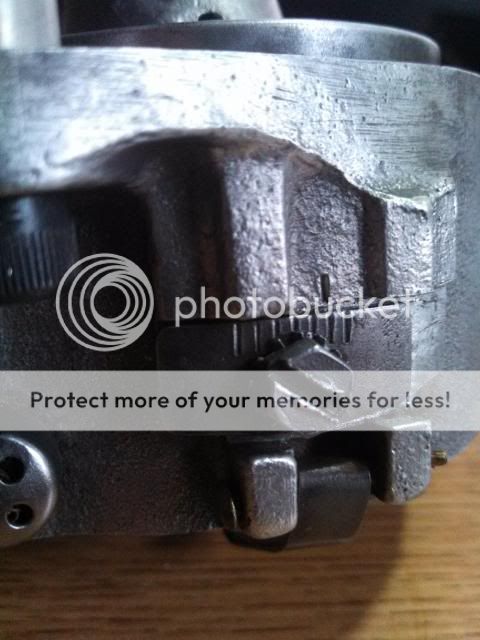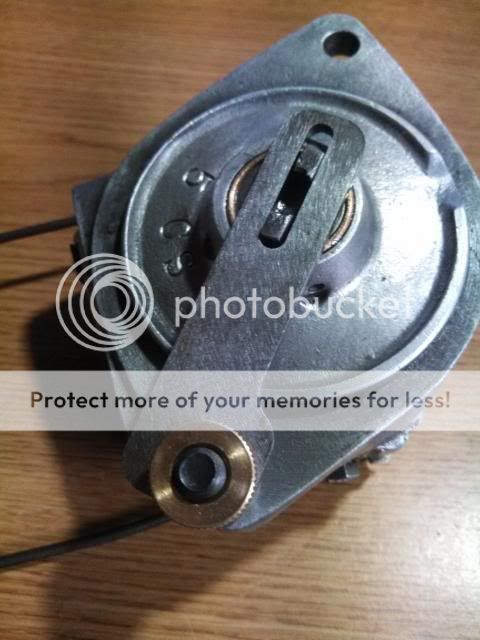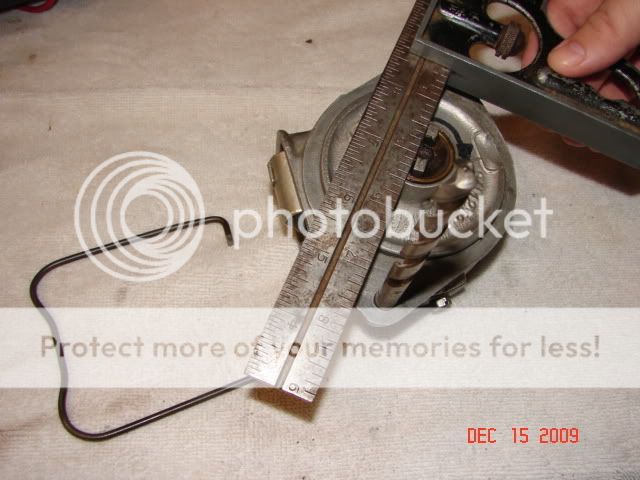Excellent troubleshooting!
You are answering your own questions.
You say: " I believe I have traced my spark issue to the ballast resistor."
Nope!
Here is the answer that says your resistor is working:
" coil side of resistor had same voltage of 3.4. Other side of resistor was about 5.5."
Next, you say: " . I did the voltage check points open and closed (key on) and the same value came back 3.4 volts for both checks. "
BZZZZT!
That's the answer that says a short in the distributor.
Points open. battery voltage! Points closed, about 4 or so volts.
First, make sure your battery is fully charged.
Don't guess; put it on a charger.
You need a strong battery to:
1. Close the solenoid
2. Spin the starter
3. Engage the bendix
4. Provide voltage to the coil.
As the battery gets weaker, the first thing to fail is your spark. If the battery is almost totally dead, all you will hear is the solenoid clicking.
The more current you use to spin the starter, the less you have for the ignition.
Assuming that the bushings & advance weights are ok*, & that you have correct voltage to the coil, the most common electrical failure (no spark, weak spark) points on the frontmount are:
The insulator under the brass concave head screw & where the copper strip attaches. (it’s fiber & will wear out; poke & prod w/ your meter leads to make sure it still works)
The pigtail at the bottom of the coil not making contact w/ the concave head brass screw inside the distributor. (With the coil on, the pigtail must firmly contact the brass screw. No contact = no spark.
The copper strip is broken or grounded to the plate. (look very carefully for cracks & breaks)
The condenser wire grounding to the plate or side of the distributor.
The tab on the bottom of the coil not making contact w/ the brass button on the cap. (With the cap on, the tab must firmly contact the brass button. No contact = no spark.)
Incorrect positioning of the spring clip on the plate causing the pigtail to ground. (the open part of the clip goes between 7 & 9 o’clock on the plate. That puts the straight part of the clip opposite of the timing screw at 3 o’clock)
Incorrect seating of the coil on the distributor due to a loose bail or no gasket.(the coil must not move at all; if it does, replace the gasket or bail. Or stick some cardboard under the bail).
Water/moisture inside the cap due to gasket failure or the absence of a gasket. (the cap AND coil have gaskets)
Dirty/corroded/burned/incorrectly gapped or misaligned points.
Burned rotor, cracked/carbon tracked cap.
Unless the coil is cracked or shows a dead short, chances are it's fine; square coils rarely fail cold. Pull the distributor & do a continuity check.
First, make sure your meter/light works (don't ask....)
You can change points everyday & it will not fix bad bushings. If you are having trouble w/ points failure, check the shaft. If you detect movement, it needs new bushings. If you are using QUALITY** points and can not get the gap open to .015, replace the bushings.
Inspect the points; if they are pitted or burned, replace them. Next, dress the points by running a piece of card stock or brown paper bag through them. New points sometimes have an anti-corrosive dielectric coating on them & old points can corrode or pick up grease from a dirty feeler gauge or excessive cam lubricant. Make sure the points align correctly. Proper alignment is also critical to longevity. Look at the points when they are closed; both sides should mate evenly. Then, check the gap at .015 on the high point of all 4 cam lobes.
Now, follow these steps:
1. Coil off, cap off, points open. One probe on the brass screw & the other on both sides of the open points. On the side closest to the cam, you should have continuity. Not on the other side! If you do, you will also have continuity everywhere because the points are grounded.
2. Coil off, cap off, points open. One probe on the brass screw & the other anywhere on the body of the distributor. You should have no continuity! Now, rotate the tang on the distributor....as the points open & close, you have continuity (closed) and lose it when they open.
3. Coil on, cap off, points open. One probe on the lead on the top of the coil, the other on the cam side of the open points. You should have continuity!
4. Coil on, cap off, points open. One probe on the lead on the top of the coil, the other anywhere on the body of the distributor. You should have no continuity!
At this point, I just put the distributor, coil & cap all back on the tractor as a unit. The reason I do this is because it is real easy to get the cap or coil mis-aligned trying to put it back together one piece at a time & the result is something gets broken or you get a ‘no spark’ problem.
It's possible to put it back on wrong & break it. Look at the slot on the end of the cam shaft. What ever angle it happens to be, turn the distributor tang to match it. Make sure you can tell the wide side from the narrow side on both the cam & distributor! (close counts) Then place the distributor on the front of the engine, gently push it in place & slowly turn the distributor body until you feel the tang slip into the slot. Rotate the distributor body until the bolt holes line up. Then, hand tighten the two bolts until the distributor body is flush w/ the timing gear cover.
Finally, double check your firing order & plug wires. It’s 1-2-4-3, counterclockwise. It’s very easy to cross 3 & 4.
Post back w/ results & any other questions.
*Unscrew the plate hold down screw & remove the C clip to get the plate out. Remove the shaft & weights. The weights should freely move.
** Wells, Echlin, Blue Streak or CNH.
75 Tips




